Sway Back Posture
Introduction:
The sway back posture — casually known as the ‘lazy posture’, is identified by shoulders and chest leaning backwards, with hips turned in and pelvis and chin thrust forward.
Why Sway Back Happen?
This posture is usually due to a lack of support for the hips and pelvis, hinging at the back, thereby applying immense pressure on the lower back, leading to pain. Weak abdominal muscles also contribute to the problem, as these muscles function to bring the upper body forward.
CAUSES OF Sway Back Posture:
- Sleeping on your front – The effects of this may vary depending on how hard or soft your mattress is; but if you sleep on your front and have your head on a pillow, propped up with your arms, you are likely to push your hips forward and be reinforcing swayback. It would be better to try to sleep on your back.
- Sitting in a posterior pelvic tilt position – If you sit with your butt tucked under you and with the front of your pelvis tilting up you will be reinforcing the tissues to adapt and hold this incorrect shape.
- Constant standing in the incorrect position – make sure to stand properly at all times. Pull your hip bone until it is in alignment with your ankle bone. Incorrect standing will only make your posture worse.
- Too much stretching of the hip flexors – In swayback, your hips are already stretched so if you continue to do hip stretches you are overstretching which only makes them weaker.
- Weak muscles – when my swayback was at its worst point I was not exercising and had not done any exercise for years! After learning healthier habits and starting an exercise regime the muscles that were weak started to strengthen, naturally pulling my body into a better posture.
Who has this posture?
Those with weak buttocks, quads and lower abdominal muscles; people who adopt this posture often find themselves needing additional external support, such as a wall or other grounded objects to lean against. The sway back posture is almost the antithesis to the flat back posture.
SPECIFIC SIGNS AND SYMPTOMS
The most notable feature is that the hip bone will be in an advanced position, in other words, the hips will be swayed forward
If you imagine looking at ourselves from the side, proper posture is where the head, ribs and pelvis are all stacked on top of each other with the ears in alignment; imagine a long ruler running through all these points.
With swayback, the hips will be out of alignment in front of all these points.
A quick way to check for swayback, is to ask yourself where are your hips in relation to your ankle bone. If it’s in front of the ankle bone (or ear) it’s likely you may have swayback.
Most noticeably the upper back will round (kyphosis) and the head will move forward to maintain a sense of balance and equilibrium.
There are a couple other things to look out for:
- Posterior pelvic twist – this is a reduced curve (no arch) in the lower back, or rather a flat back.
- Gluteal muscles will be shut off and not activated.
- Knees hyperextended
- Tight and short hamstrings
- Weak hip flexors (Hips extended)
- Tight lower abdominal muscles – which will pull the pelvis up into the posterior pelvic tilt
- You may have lower back pain – since the body weight hinges off one or two points in the lower back.
Assessment Of Sway Back:
A) Side view: backward movement of the entire thoracic spine. This area of the spine tends to elongate,
B) front view: the chest tends to sink
Muscles involved in Sway Back:
- Weak : Abdominal obliques
- Glutes maximus
- Overactive: -Erecto spinae
- Hamstring
Risk Factors
- Because weight in the abdominal region pulls the pelvis forward, pregnant women and extremely obese people who carry their weight in the abdominal area may be at a higher risk for swayback than many.
- Teenagers with “attitude” may express that attitude through a swayback posture.
Physiotherapy Treatment for Sway Back:
Physiotherapist First Doing Assessment of Muscle Related to Sway Back , Make Treatment Plan Mainly Strengthening Of Weak Muscle And Stretching Of Tight Muscle , With Posture Awareness To The Patient. Other Treatment is Symptomatic Like if pain occurs in back area then control of pain by modalities is also required.
- Sway back need a corrective exercise program for re-balancing the imbalanced muscles
- Re-education for the patient.
- Strengthening the abdominal muscles to better support the spine.Also, maintaining a strong core is vital to a healthy upright posture. Strengthening your core posture muscles will likely provide a foundation for the other exercises you do to address the swayback directly.
- Release the the tight hamstrings and back muscles muscles either through deep tissue massage or myofascial release.
- Increasing the flexibility of the spinal joints with manual therapy techniques such as mobilization or spinal manipulation to restore normal joint movements.
Exercise Video of Sway Back :
Corrective Exercises for Sway Back
Stretching Exercises
Before we start any strengthening exercises we first want to make sure we are stretched out properly.
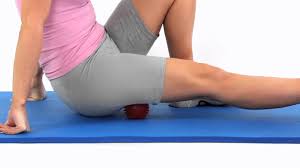
Stretch 1 – Hamstring Release
Before you start any of the other stretches you first want to use a small hard ball (softball works well) to release tension and tightness in the hamstrings.
With the ball under your hamstring press firmly down and start to roll the ball down the butt and towards your knee. Repeat this for 1-2 minutes on both legs.
Stretch 2 – Hamstring Stretch
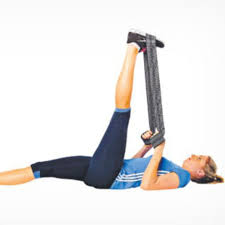
Now that your hamstrings have been loosened, get on your back, hold one leg up by the calf and kick downwards with force.
Relax then pull your leg in closer. Do 5-7 rounds on each leg.
Stretch 3 – Spine Mobilization
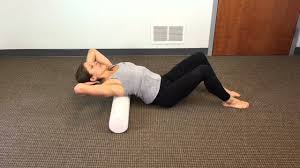
People with swayback often will find they have a stiff spine from the rounding posture of their upper back (kyphosis). By using a foam roller you can gently do some spine mobilisation manoeuvres.
First, put the foam roller on your upper back area, and with your hands behind your head, lift upwards bending at the upper back. Keep your stomach in and remember to be gentle.
Do 20 reps.
Stretch 4 – Stability Ball Abdominal Stretch
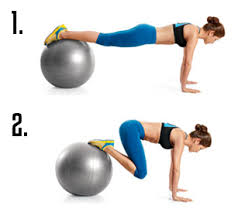
If you have swayback your lower and mid abdominal muscles are tight so you will need to stretch them.
Lie down across a stability ball and create as much length as you can between the ribcage and the pelvis. Hold this stretch for 1-2 minutes.
Stretch 5 – Pectoral Stretch

People with swayback often have rounded shoulders because their shoulders are being pulled forward by tight pectoral muscles.
The exercise above stretches the pectorals muscles on each side.
If you don’t have a ball you can also do this exercise by standing in your doorway, known as a doorway stretch.
Strengthening Exercises
Now that the muscles have been stretched, it’s time to strengthen the weak muscles that are common with swayback. There are two things you must do before attempting these exercises.
- Make sure you have done the above stretches.
- Make sure that when you do these exercises that you are not in a swayback position i.e. pelvis forward.
Exercise 1: The Plank

Get on the floor and hold a plank position for 30 seconds. As mentioned above ensure that your pelvis does not sag down into a swayback stance. Make sure you know how to do a plank.
If you do this incorrectly, you will only enforce your swayback posture more. Do 5 sets of 30 seconds each.
Exercise 2: Side Plank

Make sure to add the side plank to your exercise regime.
A side plank will activate the obliques which are likely to be underdeveloped in someone who has swayback.
Like the original plank in exercise 1, you will do 5 Sets of 30 seconds (on each side).
Exercise 3: Flapjack/Karate Chop
This is another exercise to strengthen the obliques, however, this exercise also activates the glutes and hip abductors. Lay on your side, raise your leg up and karate chop down, then release. Do 4 Sets of 15 on each side.
Exercise 4 – Ball Jackknife
This exercise trains the spine and pelvis to become more stable.
To do the ball jackknife, draw the ball inwards without changing the position of your pelvis and lumbar spine. Hold it firm and in place, then draw the ball back outwards. Do 4 sets of 20.
Exercise 5 – Hip Circles
For this exercise, you will need a band. Place the band around your legs and just above your knees.
Lunge forward at 45-degree angles, one leg after another whilst walking forward.
This exercise will create some hip flexor activation. Do 4 sets of 20 on each leg.
Exercise 6: Farmers Walk
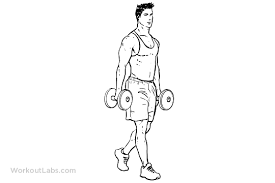
Hold a dumbbell in one hand and keep your core tight. The idea behind this exercise is to keep your torso as vertical, upright and straight as possible. Don’t allow the weight to pull you down to one side.
Keep your stomach sucked in. If done correctly you should feel some oblique activation.
Do 5 sets of 30 seconds.
ERGONOMICS (PREVENTION OF SWAY BACK)
- Don’ts to prevent sway back posture
- Stand hanging off your hips and spine. Stand up tall using your muscles.
- Swim breaststroke, or practise yoga poses like Superman, Cobra or Upward Dog.
- Use back support accessories with an arched shape.
- Dos to prevent sway back posture
- Sit deep in your chair, with your back straight and your chin facing ahead.
- Train your butt and quad muscles with the correct exercises, such as half squats.
- Strengthen your lower abdominal muscles with leg lifts and reverse crunches.

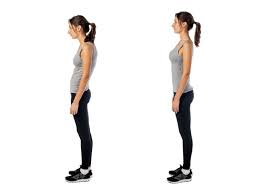

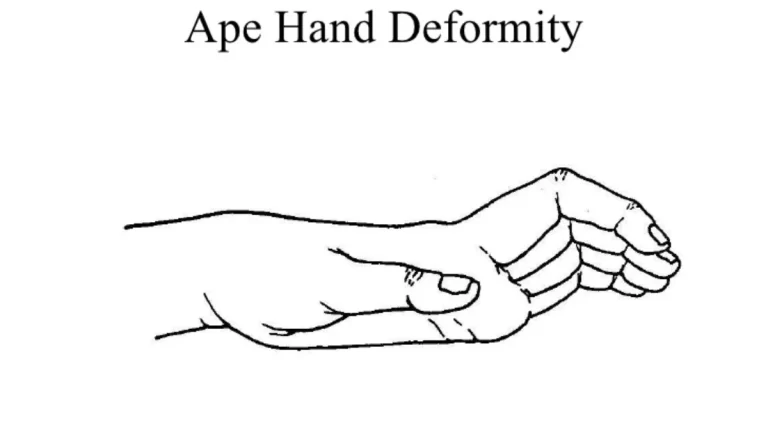
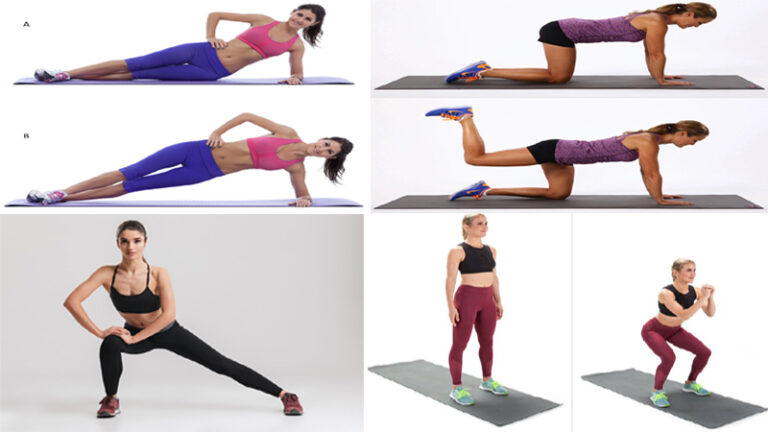
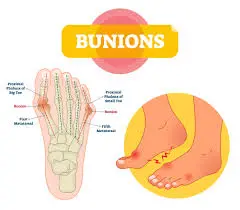

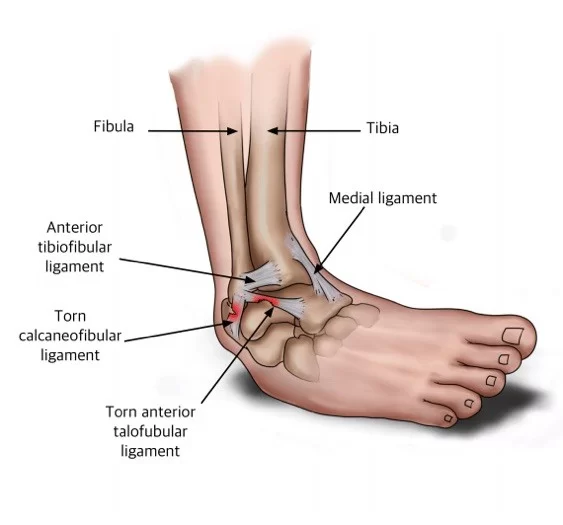
2 Comments